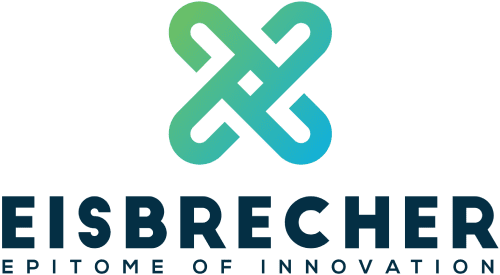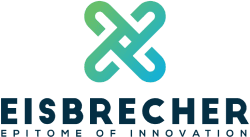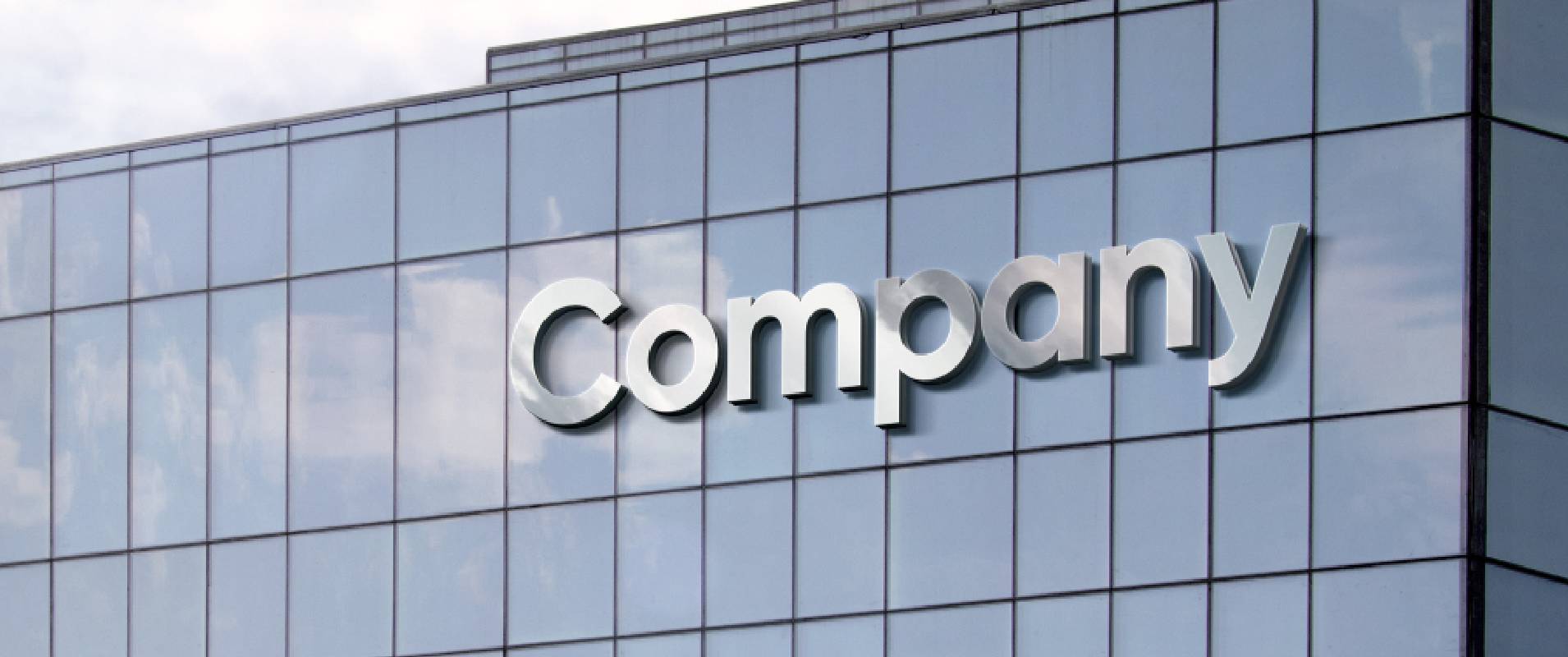The Ultimate Guide to Digital Printing
Digital printing is a printing process that uses digital files to create images on a variety of substrates, including paper, fabric, and plastic. Digital printing is a versatile process that can be used for a wide range of applications, including:
- Printing marketing materials: Digital printing is ideal for printing short-run marketing materials, such as flyers, brochures, and postcards.
- Printing apparel: Digital printing is a popular choice for printing custom apparel, such as t-shirts, hats, and bags.
- Printing home décor: Digital printing is a great way to add personalized touches to your home décor, such as pillows, curtains, and rugs.
- Printing promotional products: Digital printing can be used to print custom promotional products, such as mugs, pens, and tote bags.
Advantages of Digital Printing
There are many advantages to using digital printing, including:
- Short turnaround times: Digital printing can produce high-quality prints in a short amount of time, making it ideal for short-run printing jobs.
- Cost-effectiveness: Digital printing is a cost-effective option for printing small quantities of materials.
- Flexibility: Digital printing is a versatile process that can be used to print on a variety of substrates.
- Personalization: Digital printing allows you to personalize your prints with variable data, such as names, addresses, and dates.
- Environmentally friendly: Digital printing uses less energy and water than traditional printing methods.

How to Choose the Right Digital Printing Process
There are two main types of digital printing: inkjet printing and laser printing. Inkjet printing is the most common type of digital printing, and it is used to print on a variety of substrates. Laser printing is a newer type of digital printing, and it is used to print on paper and plastic.
The type of digital printing process that you choose will depend on your specific needs. If you need to print on a variety of substrates, then inkjet printing is a good option. If you need to print high-resolution images, then laser printing is a better option.

How to Find a Digital Printing Provider
There are many digital printing providers available, so it is important to do your research before choosing one. Here are a few things to keep in mind when choosing a digital printing provider:
- Price: The cost of digital printing can vary depending on the provider and the type of printing you need.
- Turnaround time: The turnaround time for digital printing can also vary depending on the provider.
- Quality: The quality of digital printing can also vary depending on the provider.
- Capabilities: Make sure the provider has the capabilities to meet your specific needs.
How Digital Printing Works
Digital printing works by using a computer to create a digital file of the image that you want to print. This file is then sent to a digital printer, which uses ink or toner to create the image on the substrate.
The process of digital printing is relatively simple, but there are a few different steps involved. First, the image is created in a digital file. This file can be created using a variety of software programs, such as Adobe Photoshop or Illustrator.
Once the image is in a digital file, it is sent to the digital printer. The digital printer uses ink or toner to create the image on the substrate. The ink or toner is applied to the substrate using a print head. The print head moves across the substrate, depositing the ink or toner in a pattern that creates the image.
The final step in the digital printing process is to dry the ink or toner. The ink or toner can be dried using heat or air. Once the ink or toner is dry, the print is complete.
The Future of Digital Printing
The future of digital printing is bright. Digital printing is becoming increasingly popular, as it is a cost-effective and versatile printing process. Digital printing is also becoming more environmentally friendly, as new technologies are being developed to reduce the environmental impact of digital printing.
As digital printing technology continues to evolve, we can expect to see even more innovative and efficient ways to use digital printing. For example, we may see digital printers that can print on a wider variety of substrates, or digital printers that can print at even higher resolutions.

Conclusion
Digital printing is a versatile and cost-effective printing process that is ideal for a wide range of applications. However, it is important to weigh the advantages and disadvantages of digital printing before deciding whether it is the right option for your needs.
Are you looking for a cost-effective and versatile printing solution? If so, then digital printing is a good option to consider. Contact us today at [email protected] to learn more about how digital printing can meet your specific needs.




